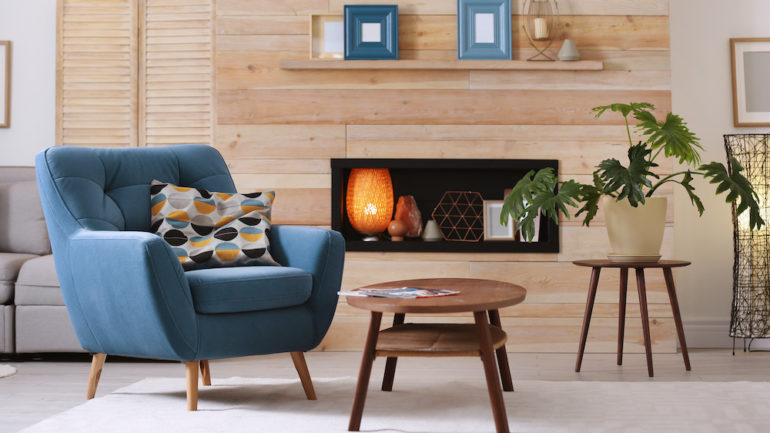You’ve finally bought your first home and have little money available to furnish it, or you’re a traveling medical professional who just signed a six-month lease on an apartment. You’ve looked at the cost of buying furniture, and your eyes are bugging at the price. Is renting furniture your best option? Maybe, but maybe not. Here’s what you need to know about rental furniture.
How renting furniture works
Rental companies’ practices vary, but in general, you can choose a predesigned room package or individual pieces. Many companies offer basic styles, although newer companies such as Fernish, Feather and ZZ Driggs offer more contemporary furnishings and in some cases antique and vintage pieces. You can rent furniture for living rooms, bedrooms and dining rooms. Some companies also rent extras such as art, rugs, televisions, kitchenware or even linens.
You can generally rent for as little as one to two months or as long as a year or more. With many companies, the longer the term, the lower the rental fee. At the end of your rental term, companies typically allow you to extend your contract, swap for different furniture or return the pieces. Some rental furniture companies allow you to purchase the furniture, with rental payments going toward the sales price.
After you pick your furnishings, the company delivers and sets up the pieces. Once furniture is returned, the companies clean the furniture and refurbish it where necessary before renting it again.
Advantages of rental furniture
- Rental furniture can be a good option for young people who may live in a series of apartments or those whose work involves short-term assignments, such as military or traveling health care personnel.
- In the short term, renting furniture is less expensive than purchasing it. You avoid the big up-front expense that purchasing a roomful of furniture entails
- Rental furniture is more sustainable than buying “fast” furniture pieces that end up in a landfill after a few years.
- Choosing rental furniture takes much less time than shopping for furnishings to purchase.
- Rental furniture provides a lot of flexibility. If you don’t yet know which furniture styles you can live with for the long term, renting can allow you to try things out.
- You generally receive rental furniture within a few days. Buying custom furniture can often mean a months-long wait.
- Rental companies move their furniture, so you avoid the hassle of transporting furniture from a store to your home and then possibly having to assemble it yourself.
Disadvantages of rental furniture
- If you keep rental furniture for a long time, you may end up paying more for it than you would if you had bought similar pieces. And buying through rent-to-own programs will be more expensive than buying the traditional way.
- If you rent a room package, you may not see the actual pieces you are leasing until they are delivered.
- Although rental companies generally provide new mattresses, other pieces will be used and may not look as new as you would like.
- You may pay fees beyond the lease price. Some companies charge a deposit, delivery or pickup fee, or require you to purchase insurance to protect the company.
- Rental furniture is not a good option for families with pets or children, who can cause damage you’ll be liable for.
- You’ll have fewer style options with rental furniture than if you shopped at a furniture showroom.
While companies like CORT and Aaron’s rent across the country, some companies serve only a limited geographical area, such as the Midwest or parts of California, New York or Texas.
Related – Decorate Your Rental To Feel Like Home


